Israel defends killing of medics
A deadly incident with Israeli soldiers sparks an investigation and calls for justice. Troops had fired on Palestinian emergency vehicles, killing 14 or 15 medics.
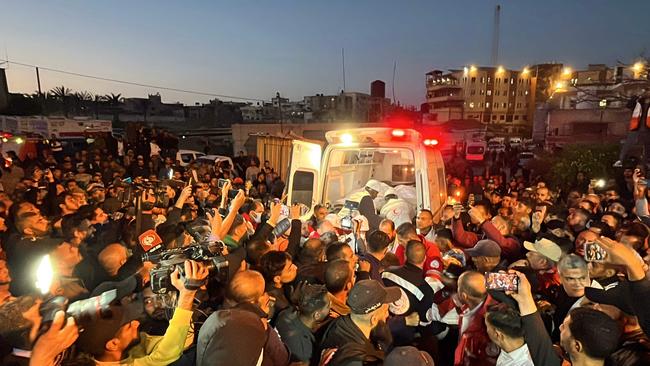
The Israel Defence Forces have acknowledged it had been incorrect in its initial account of an incident in southern Gaza last month during which troops fired on Palestinian emergency vehicles, killing 14 or 15 medics whose bodies were later recovered from a mass grave.
On Saturday local time, the army detailed the initial findings from its investigation of the Rafah incident, which it said was ongoing.
It asserted at least six of those killed had been posthumously identified as Hamas operatives, denied any of those killed had been executed, and said troops had not attempted to hide the incident but rather had informed the UN of the location of the grave.
After the incident came to light, the military, which accuses Hamas of embedding itself in civilian infrastructure, had initially said the vehicles were without headlights or emergency lights, were unco-ordinated, and arrived on the scene shortly after a group of terror operatives. As such, the IDF said soldiers deemed them “suspicious” and opened fire.
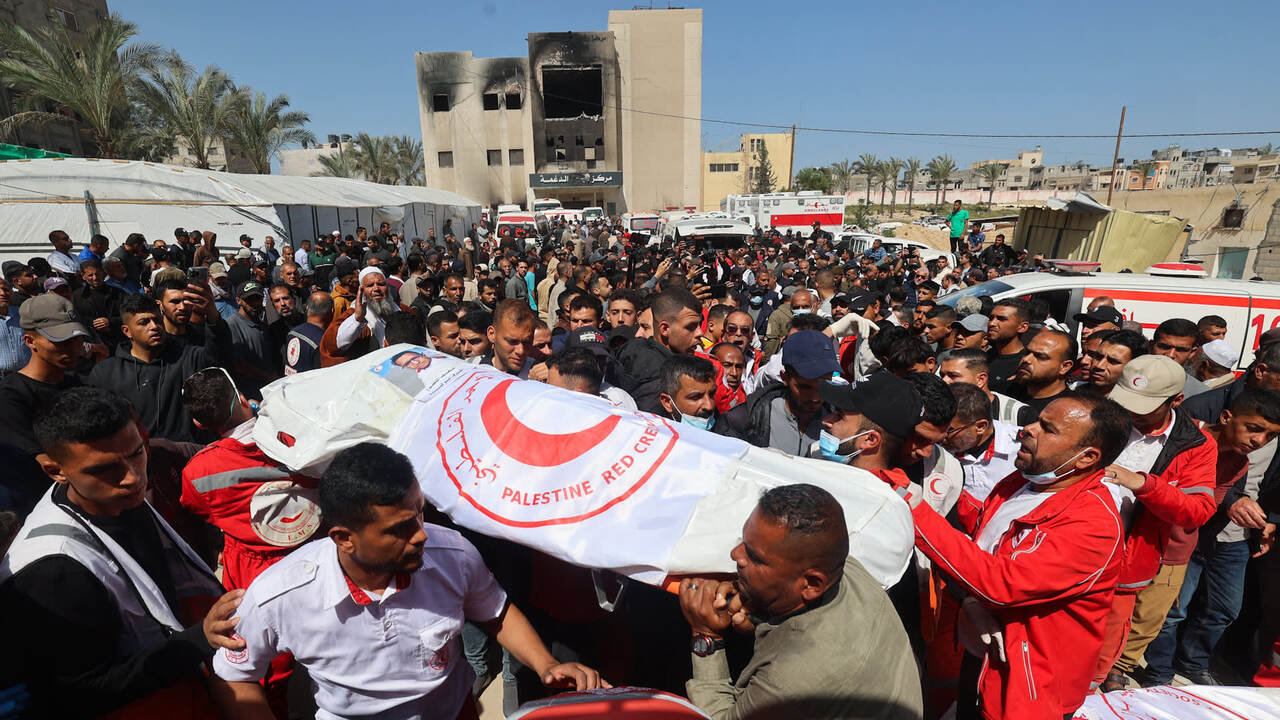
A smartphone video posted by the Palestine Red Crescent Society, which said it was shot by one of the killed medics, shows ambulances and fire trucks speeding to the site with their emergency lights on. Shots are fired, and the screen goes black, as the gunfire continues for several minutes.
A UN team said its members had spent several fruitless days waiting for Israeli forces to permit them to look for the group of Palestinian emergency workers when a call came in from Israel’s military that ended their wait.
It pointed them to a mass grave marked by a white electricity pole in the Gaza border town of Rafah, said Jonathan Whittall, head of the UN humanitarian office in Gaza and the West Bank, who received the call.
The UN team found 14 bodies, including eight paramedics with the Palestine Red Crescent Society and six members of the Palestinian Civil Defence, which includes firefighters and emergency responders. The body of a UN worker was found in a different location. Another paramedic is missing. One survived.
“I was hearing gunfire, but had no idea where it was coming from,” the surviving paramedic, Monzer Jehad Abed, said.
Many of the badly decomposed bodies were still wearing the orange vests of the Palestine Red Crescent Society, according to dozens of videos and photos seen by The Wall Street Journal. Some wore medical gloves.
Mangled wreckage of the ambulances and other medical vehicles were also buried in the sand.
The discovery of the bodies sparked an outcry from the UN and a probe by Israel’s military into why the rescue workers ended up dead and buried in a corner of the war-torn enclave.
“It’s a war being fought without limits, and there needs to be accountability,” Mr Whittall said.
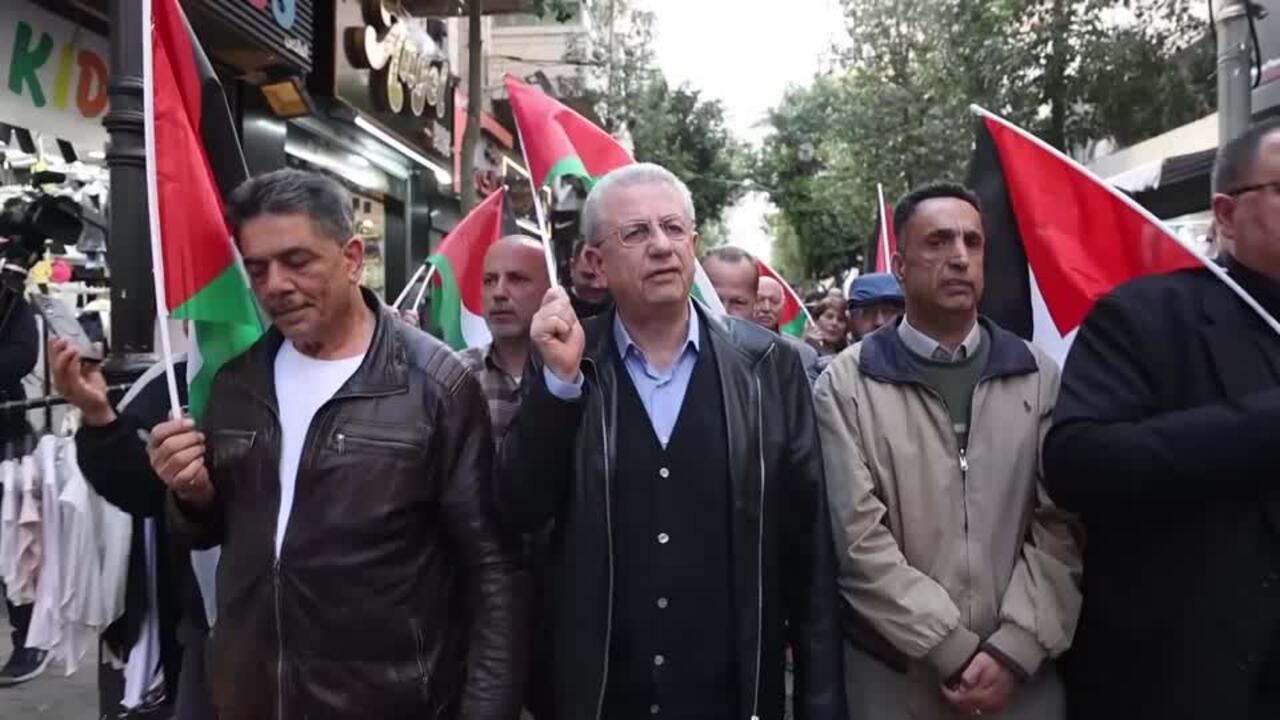
The war in the Gaza Strip has killed more than 50,000 people, according to Palestine authorities, who don’t say how many were combatants. Israel says it targets militants, tries to reduce collateral damage, and blames Hamas for fighting amid civilians.
“The event that took place on March 23, 2025 is under thorough examination process,” Israel’s military said. “All claims, including the documentation circulated about the incident, will be thoroughly and deeply examined.”
Both sides agree on the basic facts of the incident. In the early hours of March 23, a few days after Israel ended a two-month ceasefire and returned to fighting in Gaza, Israeli forces opened fire on ambulances entering a neighbourhood in Rafah, which sits along the border with Egypt.
The shooting killed many in the crews, who had arrived to assist people wounded by an Israeli air strike. As other ambulances, a fire truck and a UN vehicle arrived in the next few hours to search for their missing colleagues, they too were struck by Israeli forces.
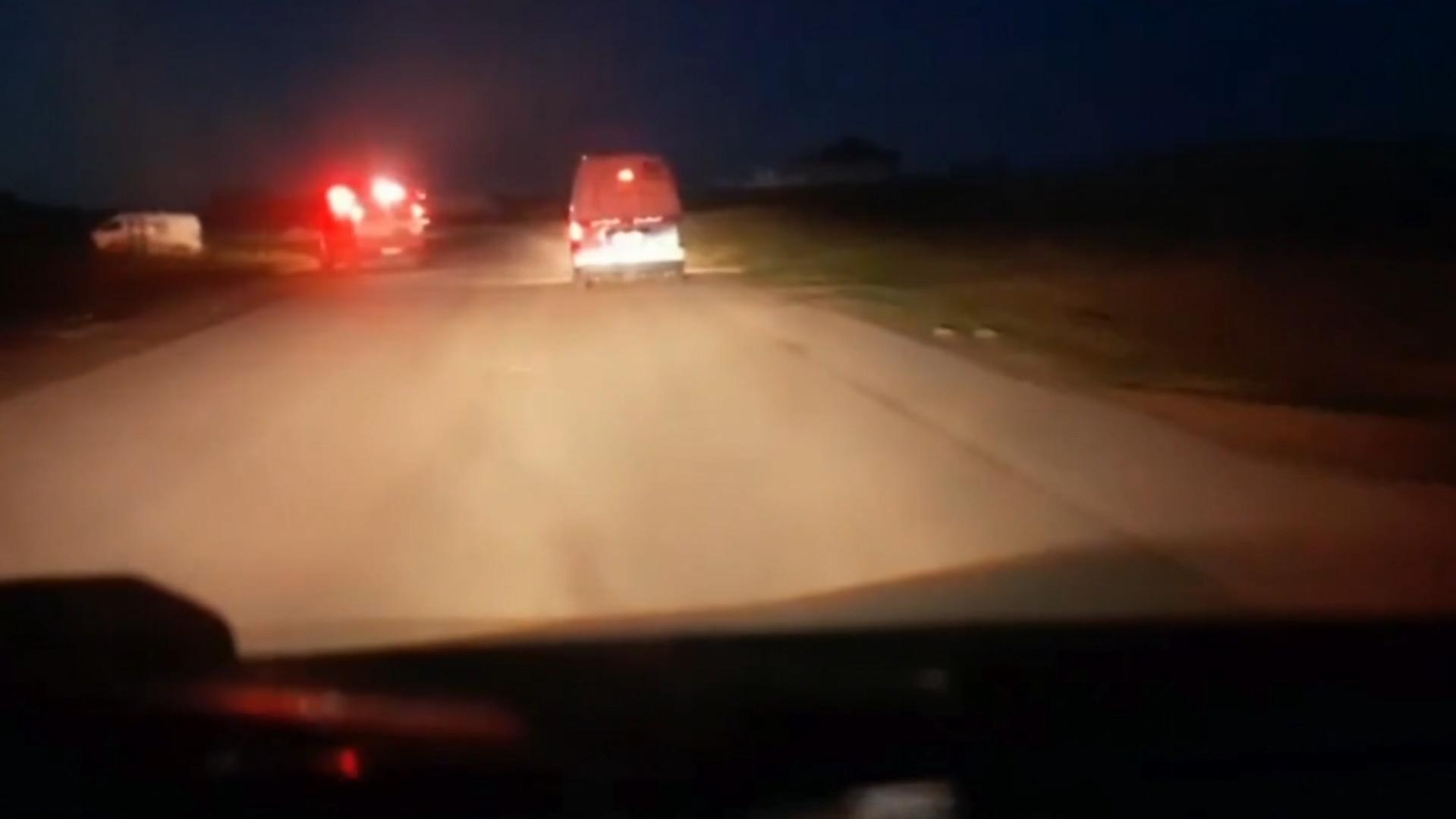
Israeli military spokesman Lieutenant Colonel Nadav Shoshani said in a post on X that the vehicles hadn’t co-ordinated with the military in advance and moved suspiciously toward troops with their headlights and emergency signals off. The troops responded by opening fire, he said.
Afterwards, Israeli soldiers approached the bodies and verified their identities, he said in a briefing with journalists on Thursday. They concluded they had killed an alleged Hamas militant, Mohammad Amin Ibrahim Shubaki, who Israel says took part in the October 7, 2023, attacks that left around 1200 dead and 251 taken hostage, and sparked the conflict.
Eight other militants from Hamas and Islamic Jihad were also killed, Lieutenant Colonel Shoshani said, saying they had been identified via intelligence and information gathered on the ground, without providing more details or their names.
The Palestine Red Crescent, the Palestinian Civil Defence and the UN said those killed were unequivocally humanitarian workers. All of their names have been released publicly. Shubaki, the alleged Hamas militant, isn’t on their list of the dead. The Israeli military didn’t respond to a request for comment on the discrepancy in the names.
The Palestine Red Crescent, the Palestinian Civil Defence and the UN also said the vehicles were clearly marked with their logos. Israel hadn’t closed off the area as a “red zone” as of 3.30am March 23, when the first ambulances departed for Rafah, so the teams weren’t required to co-ordinate their movements with the Israeli military, said Nebal Farsakh, a spokesman for the Palestine Red Crescent Society. Israel’s military didn’t respond to a request for comment on the status of the area.
Mr Abed, the sole known survivor, said the vehicles’ emergency lights and siren were on. He said his ambulance was among the first hit. He lay on the floor as bullets pounded it. Minutes later, Israeli forces pulled him from the wreckage and pushed him behind a wall. His two colleagues, he learned later, were dead.
With agencies


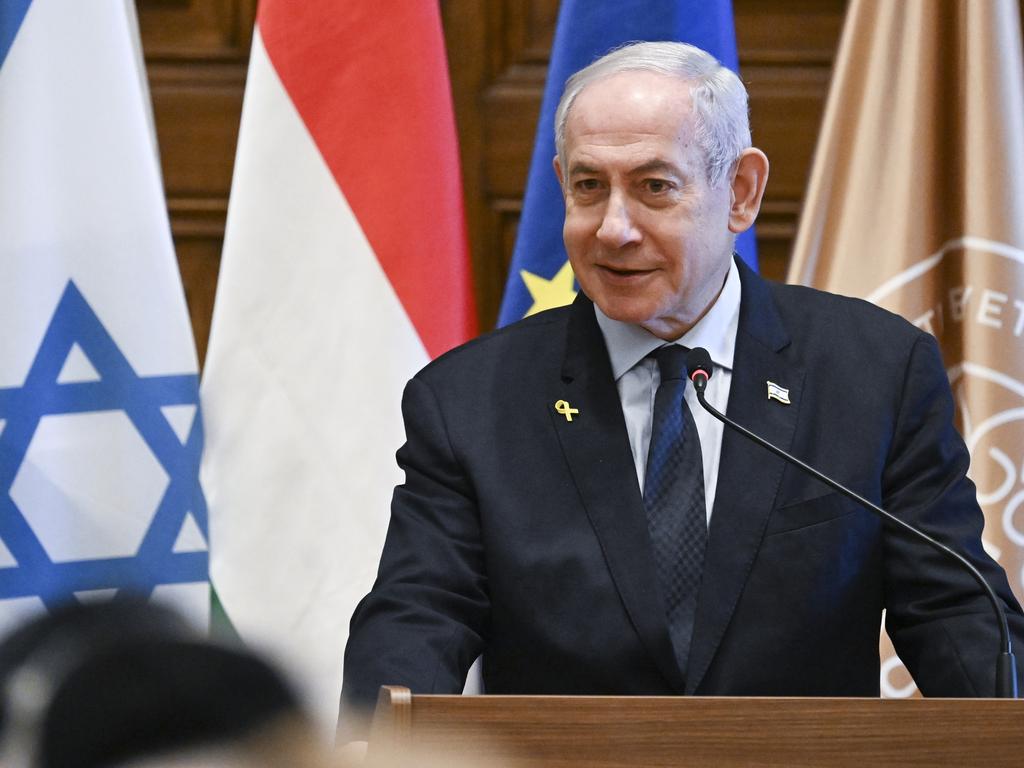


To join the conversation, please log in. Don't have an account? Register
Join the conversation, you are commenting as Logout